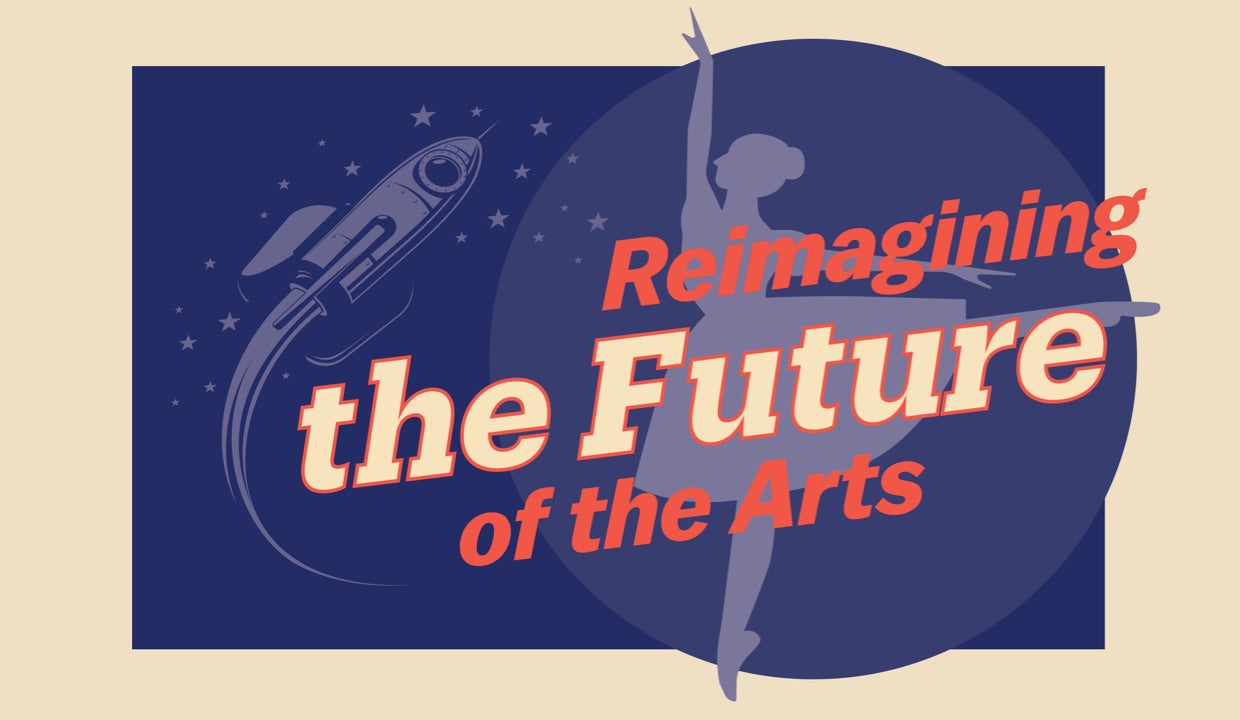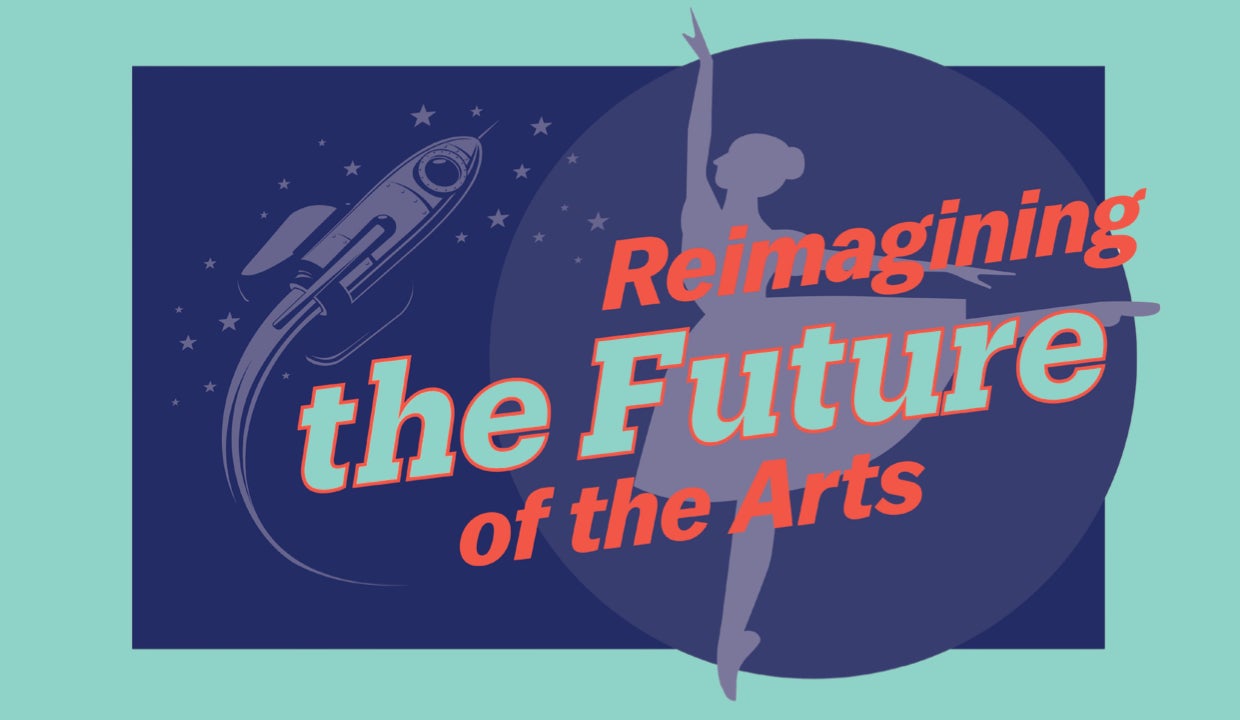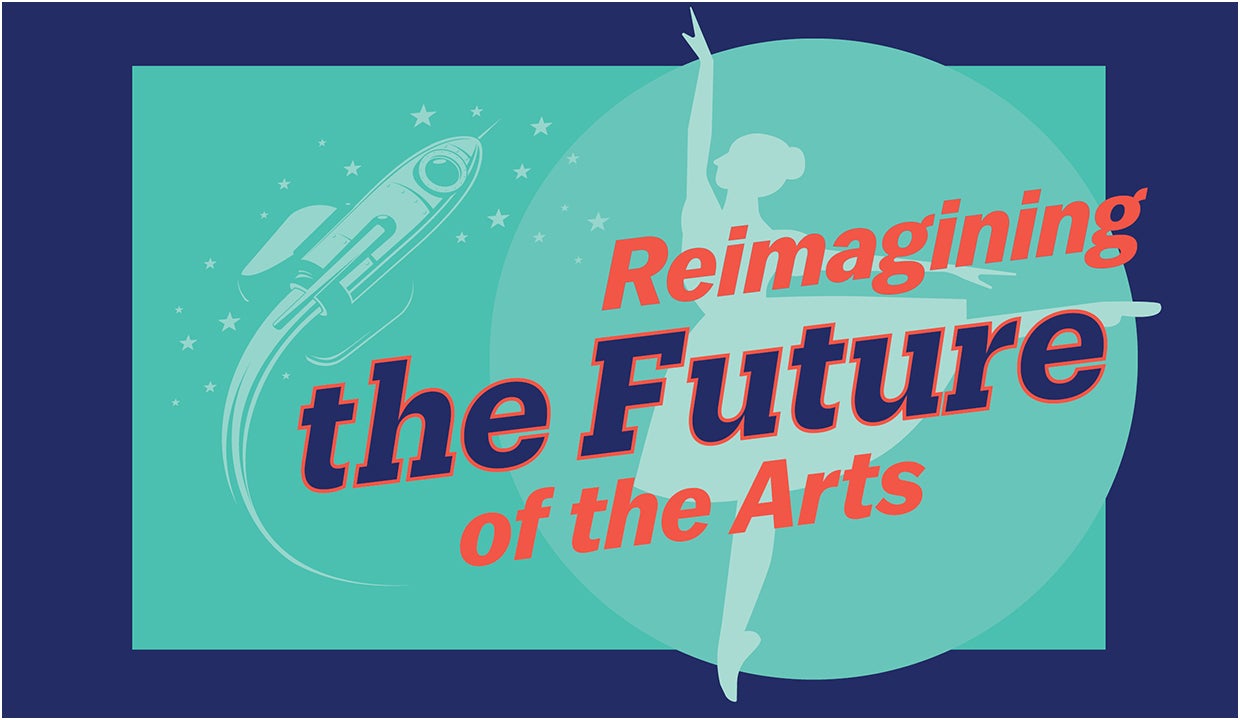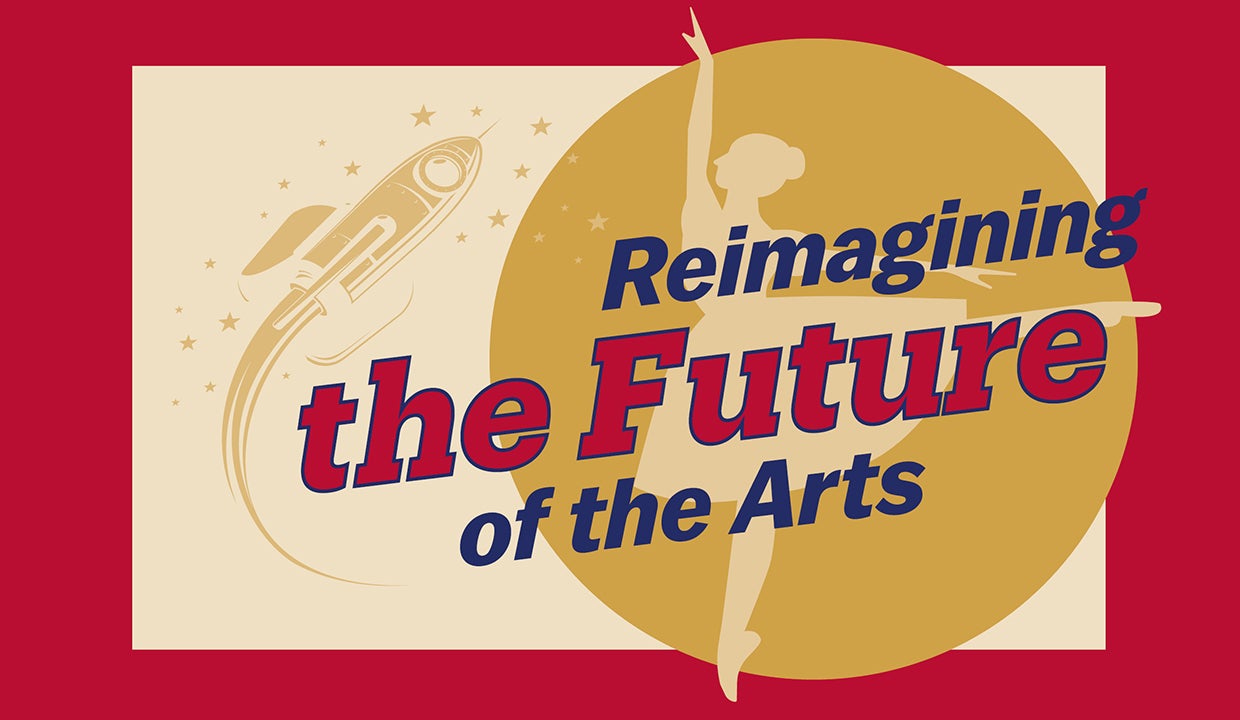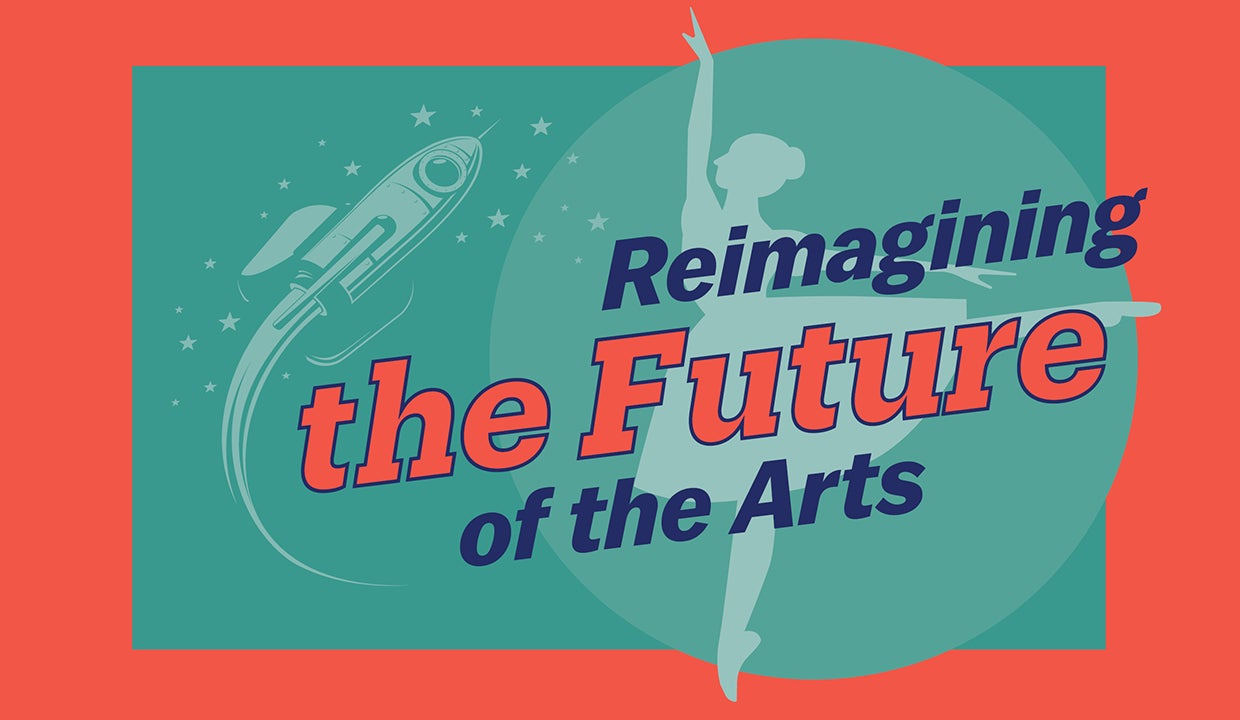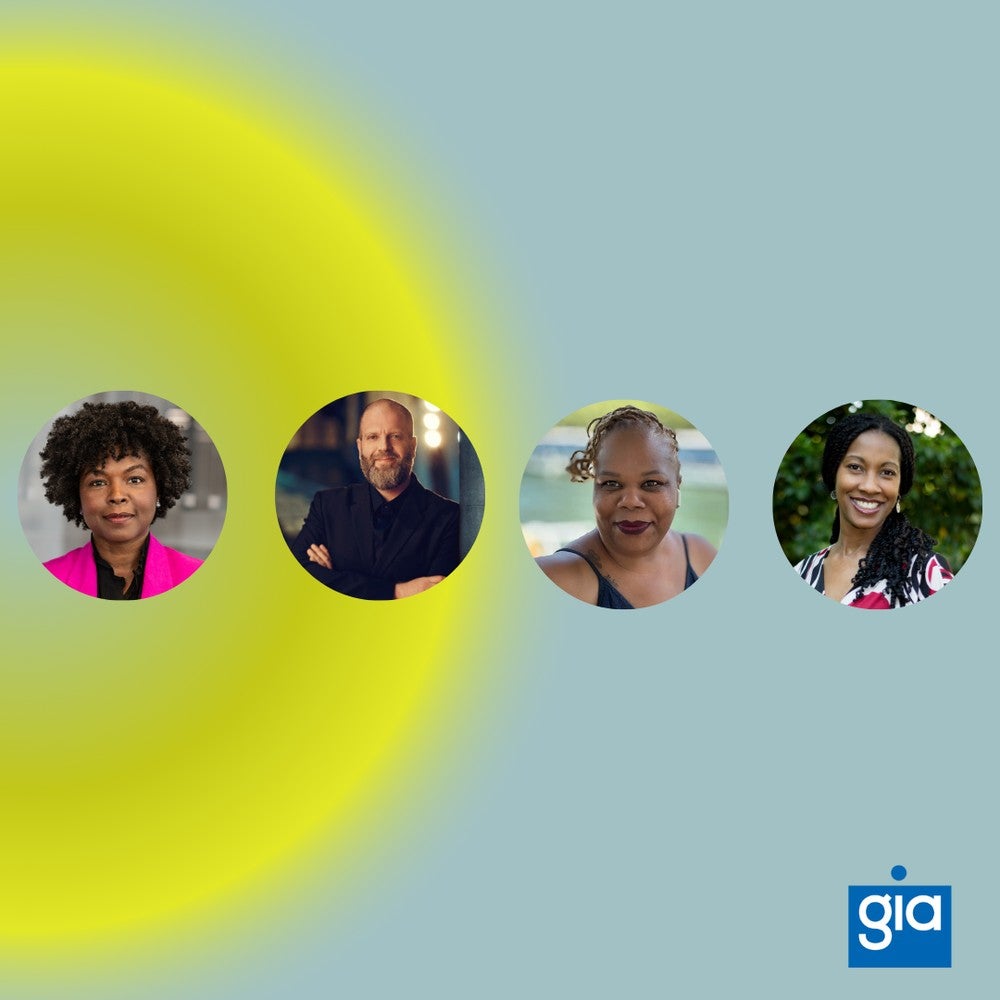Pondering how nonprofit arts organizations can survive the pandemic lockdowns, Elizabeth Merritt, vice president for strategic foresight at the American Alliance of Museums and founding director of the Center for the Future of Museums, turns to evolutionary biology for a model.
Organisms, she says, have developed two basic survival strategies depending on their environment.
Those that are known as K-selection live in generally stable environments, which reward steadiness, sturdy structures, slow change and long-range planning. Then there are R-selection organisms, which live in rapidly changing, volatile, hostile environments, that require a skill set centered on nimbleness, risk-taking and an ability to pivot quickly. The simple truth, Merritt says, is that arts organizations have generally moved from the K environment to an R environment due to the pandemic, and most are having to master unfamiliar, flexible strategies to survive in this new Darwinian period.
“In recent years, arts nonprofits have been pressed to be more like businesses: plan, focus on audiences, earn revenues, measure performance results,” says Merritt. “The irony is that just as that was taking hold, particularly in museums, the whole environment changes. It’s more volatile.”
Why Scenario Planning? Why Now?
Merritt was one of the panelists in the third conversation of Wallace’s series, “Reimagining the Future of the Arts.” This installment, moderated by Marc Scorca, CEO and president of OPERA America, focused on how arts organizations can adapt to uncertainty by utilizing a planning model to develop a range of scenarios on what the future might hold and then preparing multiple strategies to thrive, no matter the environment. Employing a “scenario planning” process is one way of minimizing any surprises or paralysis in the face of unexpected circumstances while ensuring that institutions are creative and flexible enough to try new approaches.
In kicking off the panel discussion, Daniel Payne, managing principal at AEA Consulting, which provides strategy and planning for creative organizations, introduced a scenario planning toolkit that the organization had recently created.
While scenario planning, a strategy borrowed from corporate management, can sound liberating, Payne sounded a warning, echoed by other panelists: A scenario planning exercise can create tensions in arts organizations because some parts of arts organizations may be more comfortable experimenting than others. In practice, he said, there can be a disconnect between the artistic side of an organization and “the board mindset, which is frequently focused on preservation, conservation and protection.” This may fall in line with a K-selection (stability) versus an R-selection (risk taking) environment, but panelists agreed that in today’s environment it was essential to bridge the divide.
“By necessity, we’re doing things that are experimental, fleeting, transient, not permanent,” Kristina Newman-Scott, the president of BRIC, an arts and media nonprofit in Brooklyn, says in a conversation after the panel. “But that means failure must be a part of it. You have to do things even when you don’t know what it will look like on the other side. You have to realize that can go against the hierarchy we’ve developed, a hierarchy that relies on the money side, and money reinforces the rigidity. I live in that place, where I consistently bump up against that rigidity.”
Stephanie Ybarra, the artistic director of Baltimore Center Stage, the state theater of Maryland, which produces both professional productions and educational programs, describes a similar tension. “Our idea now is to look to small experiments, to test them and then, if they’re working, scale them up,” Ybarra said in a conversation. “But a key point is that our measure cannot be ticket sales for Baltimore Center Stage. It’s our position in the community, our support for the community. We have to reframe the ideas of success and failure.”
Such reframing can often challenge any entrenched mindsets. “One of the biggest barriers to being nimble is the feeling that you have to be perfect,” says Merritt. “Lots of times perfect is the enemy of the good, but you don’t have to be perfect. Give us a break! You also have to realize that, sometimes, the risk of not changing is greater than the risk of changing.”
Any failure in experimenting, she adds, should be seen not as a dead end but a learning opportunity.
Community Arts + Education
At BRIC, as the pandemic shut down theaters and other live venues, Newman-Scott says they were forced to come up with new ways to fulfill the organization’s mission of providing creative opportunities to their Brooklyn community and keep their staff engaged. So, they reached out to the NYC Department of Education and simply asked how BRIC could be of service.
Together, they acknowledged the large digital divide affecting lower income families, providing special challenges for remote learning. They developed a plan for teachers to provide raw video from their online classes and lessons, which BRIC’s experienced media producers would then edit into videos played on BRIC’s cable channels. BRIC has six cable channels that reach 500,000 homes in Brooklyn. Even students without good computers or Wi-Fi usually have access to televisions.
“We know we can’t solve that digital divide, but we thought, we can help move the needle,” says Newman-Scott. “Once we were doing it, we were like, why weren’t we doing this before?”
And BRIC has gone a step further. “The teachers told us they wanted to learn how to produce those videos themselves, and we said, ‘We will train you,’” she says.
BRIC also tried to reshape its artists’ incubator program. Normally they would provide studio space to local artists, which allowed them the time to create new works and test them in front of one another. With the studio closed to face-to-face activities, BRIC tried to put the program online. “But we found that some of this just didn’t translate to a virtual environment,” Newman-Scott says. “By its nature, this art isn’t polished. It’s unfinished, experimental. It’s in process, not complete. So, it’s supposed to be educational about the process, but it doesn’t come across as well in the virtual setting.”
Lesson learned.
“This is a model that we can develop and that we can share with others,” she says of their own more experimental process. “It keeps challenging us. It challenges our own assumptions about our values and mission."
A Theatre as Social Hub
When the pandemic hit, Ybarra was pleased that the board of the Baltimore Center Stage quickly formed a small group that operated as a brain trust to help the creative staff develop new ideas and to support thoughtful experimentation. One of the early problems they faced was the need to shutter a program that offered matinees for students and the question of what they might do now to reach them.
The theater had been presenting a one man play, Where We Stand, a Faustian tale in which a man, sickened by years of backbreaking labor, meets a stranger one day on the outskirts of town and is offered a bargain—in exchange for giving the stranger the town’s soul and name, the man would receive health and prosperity. He accepts and then he and the town confront the impact of that choice. The play had just finished a run in New York City and was about to open in Baltimore when the pandemic hit.
The theater quickly developed a new plan. First, videographers filmed the play to be presented virtually, something that, Ybarra says, they had not done previously. Then they created an educational curriculum for classroom use tied to the Common Core; it was adaptable for 7th to 12th graders, though most viewers were high school students. That was new for Baltimore Center Stage. The investment amounted to just a few thousand dollars and a couple of weeks of work for the staff.
It proved popular, with about 1,500 students watching online and following the curriculum, with an audience that has now spread far beyond Baltimore, Ybarra says. That has encouraged the theater to build on the success, with board support, to invest more money and build a library of free student-oriented performances, with accompanying study aids.
“We might monetize it later, but not now,” Ybarra says. “The aim from the start was to learn from the experience.”
Another experiment involved offering virtual readings of parts of plays—for instance, from The Glass Menagerie—and using them in deeper conversations with an online audience about the crafts of writing, staging and acting. The theater was disappointed that only about 150 people tuned in but is thinking about how it might expand interest and is continuing the series, with a focus on getting “under the hood of a specific aspect of theatermaking,” Ybarra says.
“This has us thinking about shifting the balance between earned revenue and contributions,” she continues. “Now seems like the time to reposition Baltimore Center Stage as a cultural hub, a civic hub. We want to bring in lots of new stakeholders.”
Merritt sees continuing this sort of thoughtful experimentation as an aspect of developing strategies for a variety of scenarios. Both the successes and failures should be regarded as positive contributions to the process of adaptation and survival in the more difficult environment. “Being loose and flexible and experimental, it might make audiences happier, and we need to get even better at exploring that,” she says.
But when the pandemic eventually recedes and theaters reopen to audiences, will organizations simply revert to previous strategies?
While she can’t speak for others, Ybarra is firm about Baltimore Center Stage: “Absolutely not!” she says. “We’re just not going back.”
Stories from Reimagining the Future of the Arts
